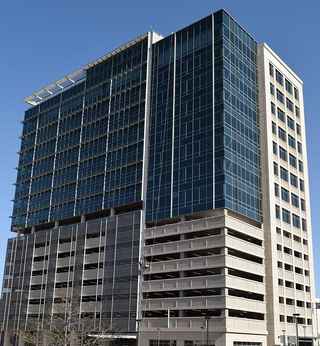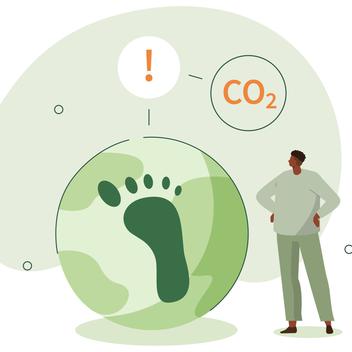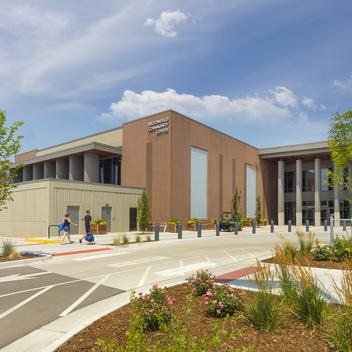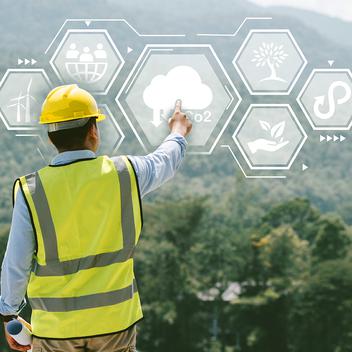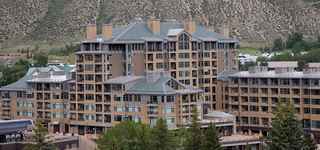
Sustainability is generally defined as meeting the needs of the present without compromising the ability of future generations to meet their own needs.
Precast Concrete is the future of sustainable construction
Sustainable construction is the concept of constructing homes and buildings we need today without depleting resources for future generations. Amid the teardown-and-replace mentality still pervasive in the world today, precast concrete stands out defiantly. You would be hard pressed to find an alternate building product possessing the same thermal qualities, design flexibility, and permanence. Increasingly, precast concrete is being recognized for its life cycle environmental and economic benefits, from production, to construction, maintenance, and disposal. The following are solid facts that make concrete the right choice for effective sustainable development.
- Precast concrete offers significant strength over other building materials. It can sustain natural disasters such as hurricanes and fires. Precast concrete conserves resources by reducing the need for reconstruction.
- Use of precast concrete, provides durable, long-lasting structures that will not rust, rot, or burn. Life spans for precast concrete building products can be double or triple those of other common building materials.
- After a concrete structure has served its original purpose, the concrete can be crushed and recycled into aggregate for use in new concrete.
- The use of recycled materials in concrete reduces greenhouse gasses, frees up landfill space, and reduces raw material consumption.
- A precast concrete structure is custom produced in the quantities needed for each project, thus minimizing waste.
Buildings built with precast concrete walls, roof systems, and floors are highly energy efficient because they take advantage of concretes inherent thermal mass, their ability to absorb and retain heat. This can significantly cut the heating and cooling costs and may enable the use of smaller-capacity HVAC equipment.
